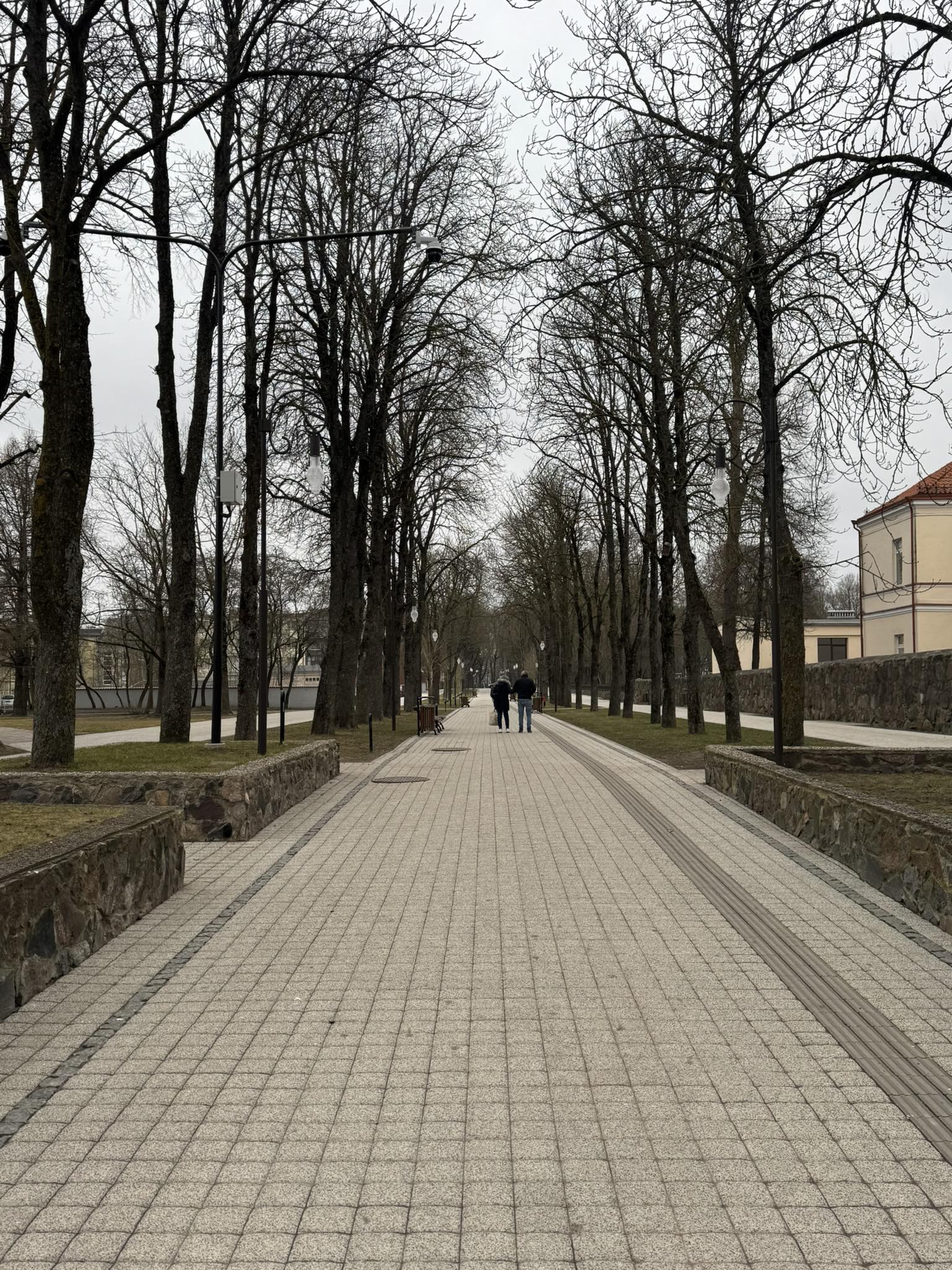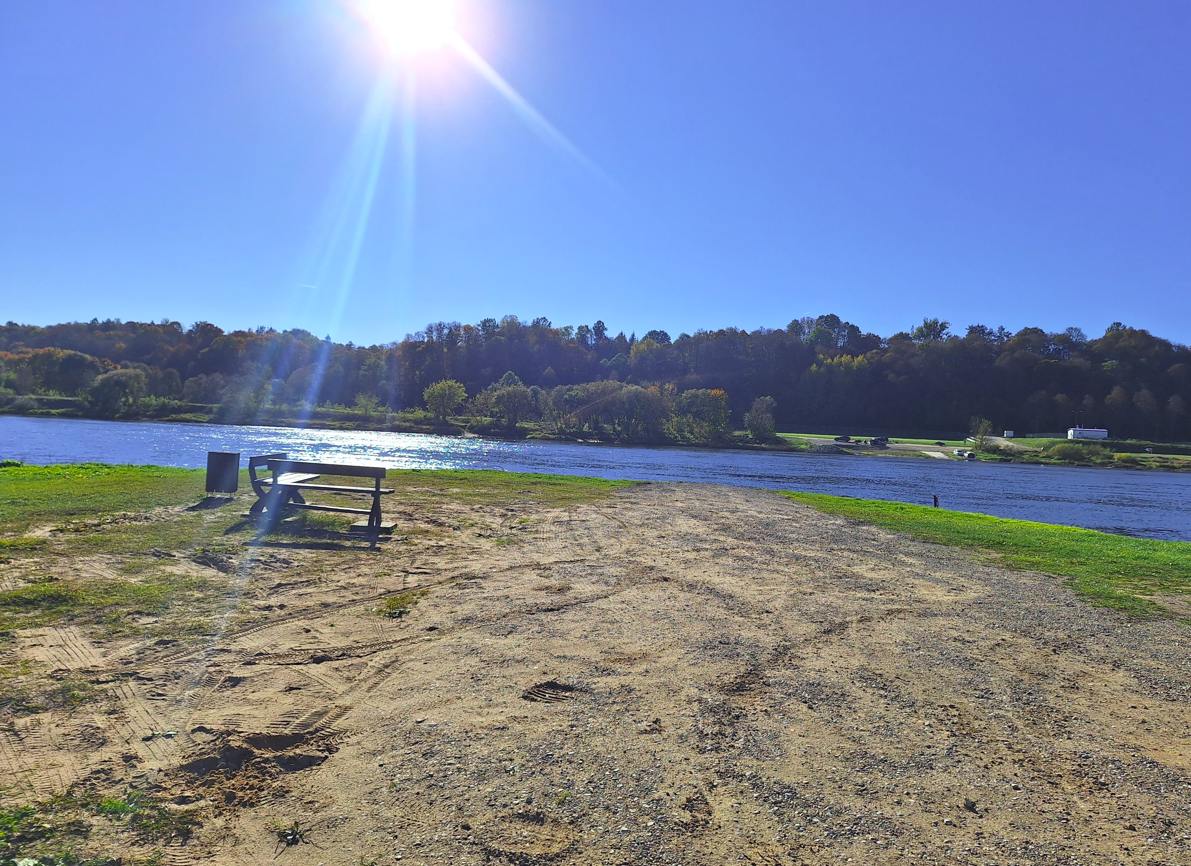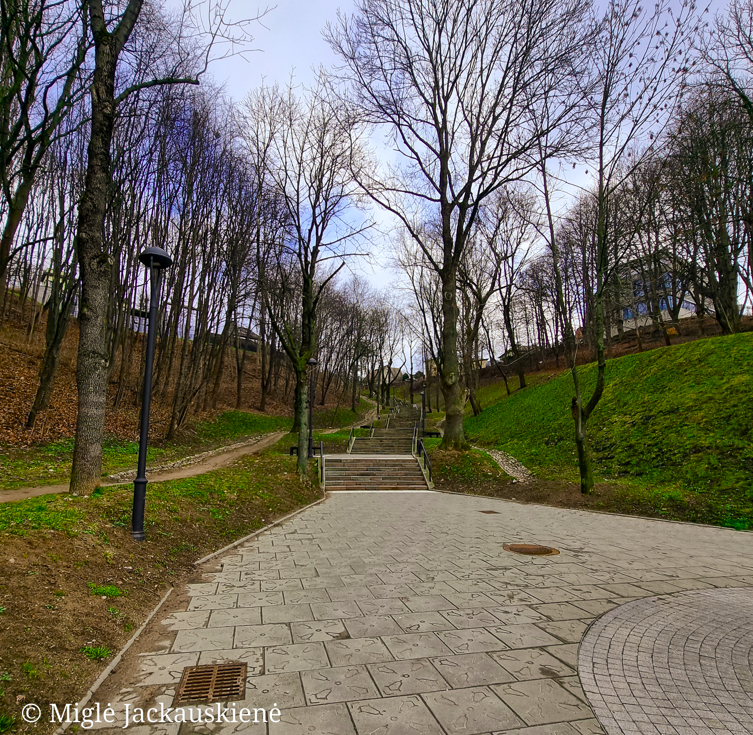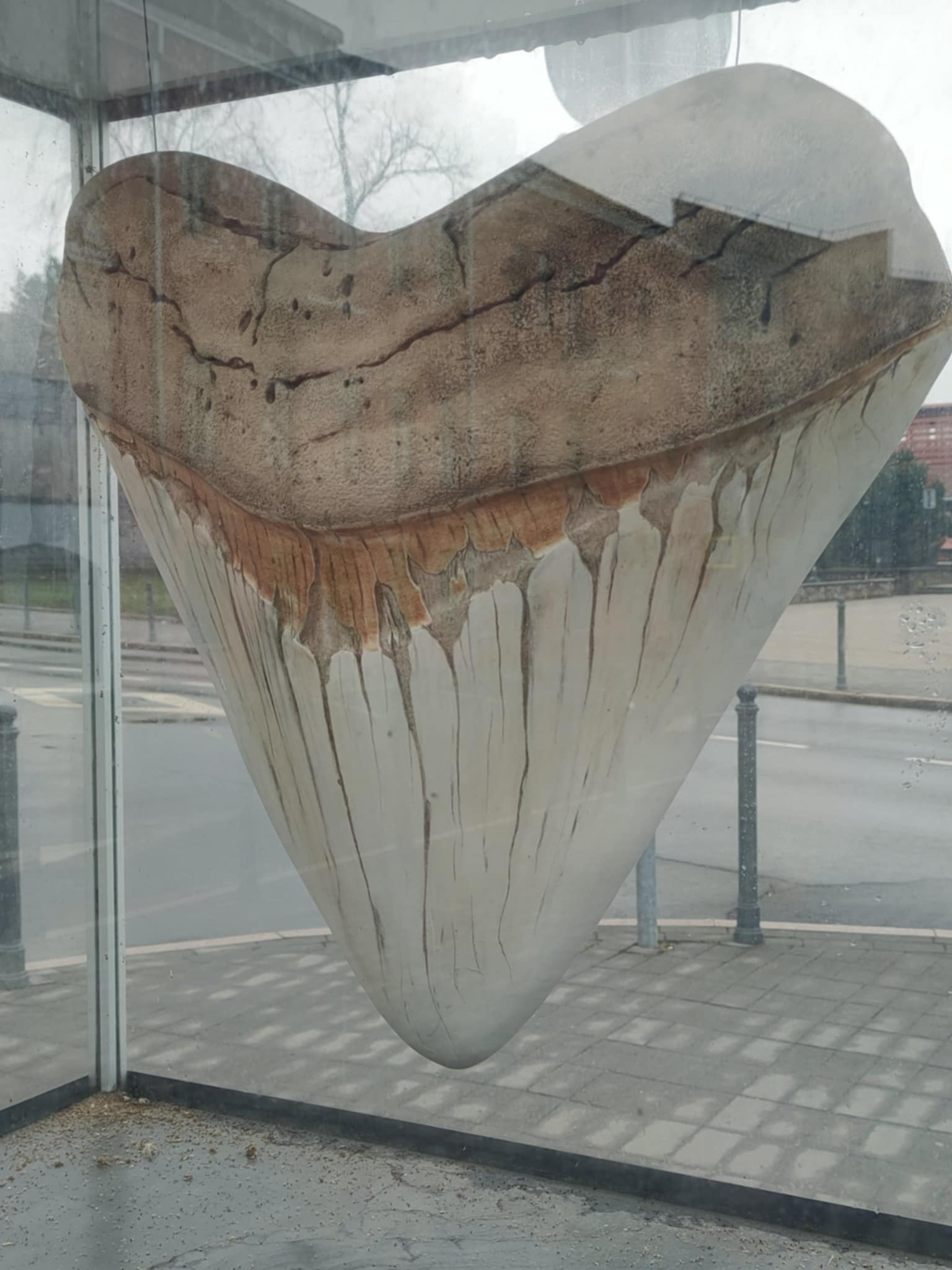The Church of St. Michael (Old Believer Church)

178

0

0
0 out of 5
(0 reviews)
The Old Believers are a unique religious community that formed in response to the reforms enacted by Patriarch Nikon of the Russian Orthodox Church in the mid-17th century. This community, adhering to ancient traditions and rituals, faced persecution from the tsarist authorities and Nikon's supporters. To escape repression, in the late 17th and early 18th centuries, the Old Believers migrated to Lithuania, where they could enjoy religious freedom guaranteed by the Third Statute of Lithuania.
Info
-

Religious Heritage
-
Utena
-
The Old Believers are a unique religious community that formed in response to the reforms enacted by Patriarch Nikon of the Russian Orthodox Church in the mid-17th century. This community, adhering to ancient traditions and rituals, faced persecution from the tsarist authorities and Nikon's supporters. To escape repression, in the late 17th and early 18th centuries, the Old Believers migrated to Lithuania, where they could enjoy religious freedom guaranteed by the Third Statute of Lithuania.
The first Old Believers settled in the Utena region, specifically in the village of Sirvydžiai, and they were mentioned in written sources at the end of the 18th century in the inventory of the Tauragnai estate. The Old Believer community in Utena began to form in the early 1950s when families from the villages of Nečėnai, Sirvydžiai, Stalnioniškis, and Šeimatie moved to the city. Although their way of life and faith were closely tied to agriculture and rural crafts, the difficult post-war conditions forced them to seek a life in the city.
According to Jevgenijus Nikitinas, the Old Believer community has existed in Utena since the 1930s. Before World War II, Old Believers lived in Rybnikai, a former suburb of Utena, and there were small Old Believer cemeteries. These burial grounds, with stone monuments, testified to their faith and practices, but they were later destroyed, and many Old Believers could not reinter the remains of their relatives.
Around 1980, there were about 1,000 Old Believers living in Utena, with
a core community consisting of several hundred faithful. During the Soviet era, they often had to pray at home, as the authorities did not allow the registration of their community or the construction of prayer houses. However, after political changes in 1989, the future foundations of the prayer house were consecrated on Joneliškio Street in Utena. Financial support for the construction came from the Old Believer communities in Vilnius and Klaipeda, as well as several companies in Utena.
The construction was overseen by the community leader Jevgenijus Nikitinas, working alongside other community members. In November 1991, the Church of St. Archangel Michael was completed and consecrated, becoming a place for regular services. The Old Believers emphasize that the prayer house does not have an altar, making "prayer house" a more accurate name.
Built according to the traditions of old Russian architecture, the church features a high gabled roof and a bell tower topped with an onion-shaped dome. Inside, there are icons that make up the iconostasis, where the most important parts of religious rituals take place. The Old Believers brought valuable icons and books with them, though some were lost to theft.
Religious life is led by clergy elected by the community, who not only perform rituals but also earn the community's trust. In 2007, Antonijus Lesnikovas became the leader of the community. In 2021, the Utena Old Believers community will celebrate the 30th anniversary of the Church of St. Archangel Michael.
Found a mistake?
Report

 Entertainment
Entertainment
 Food establishments
Food establishments

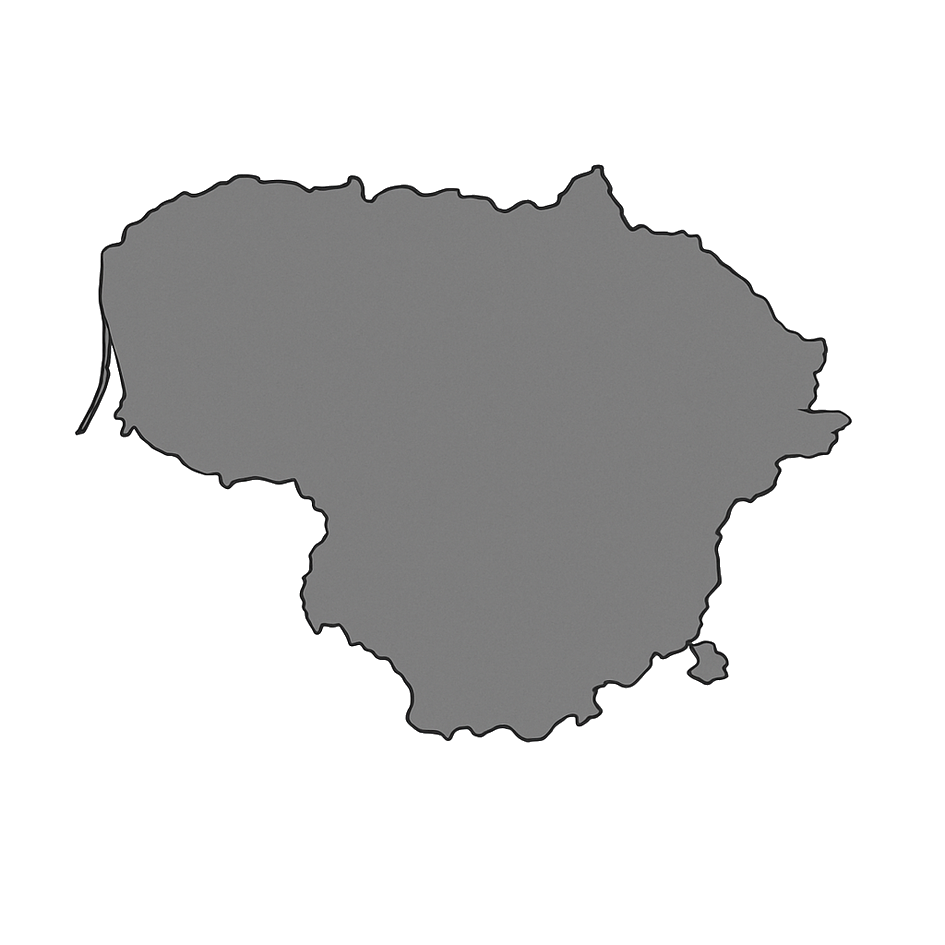
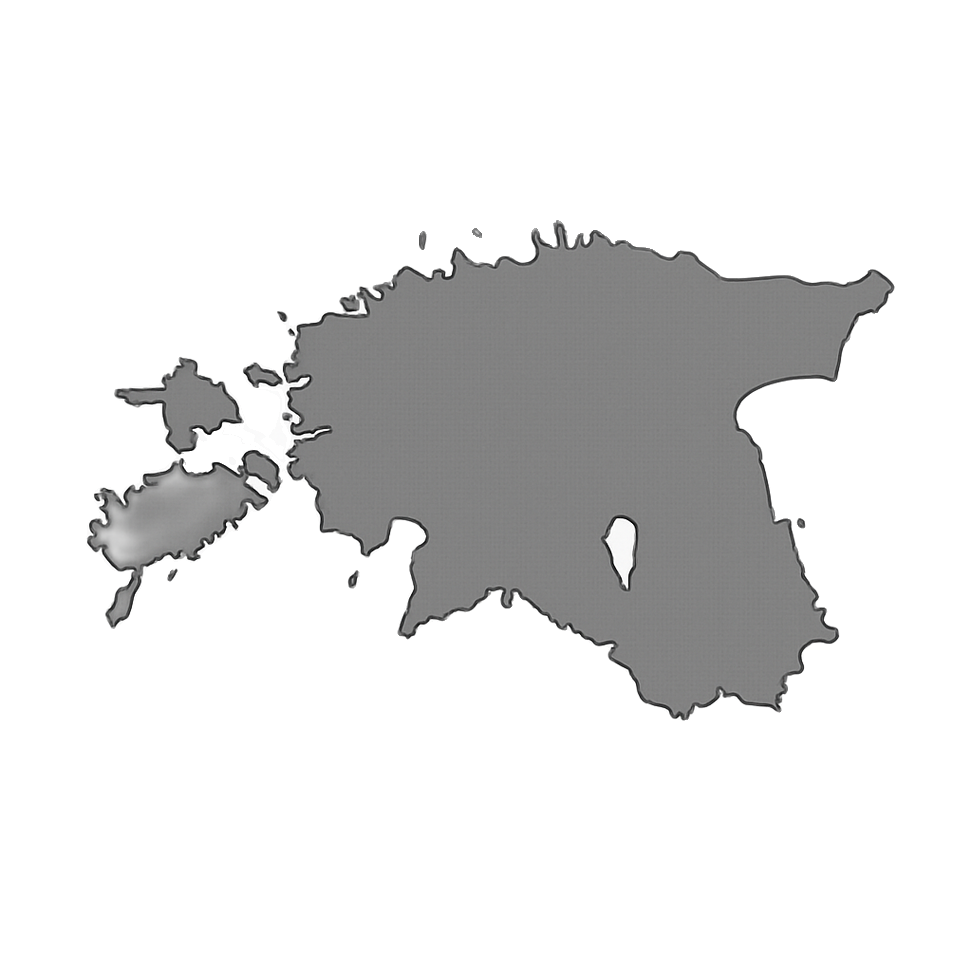
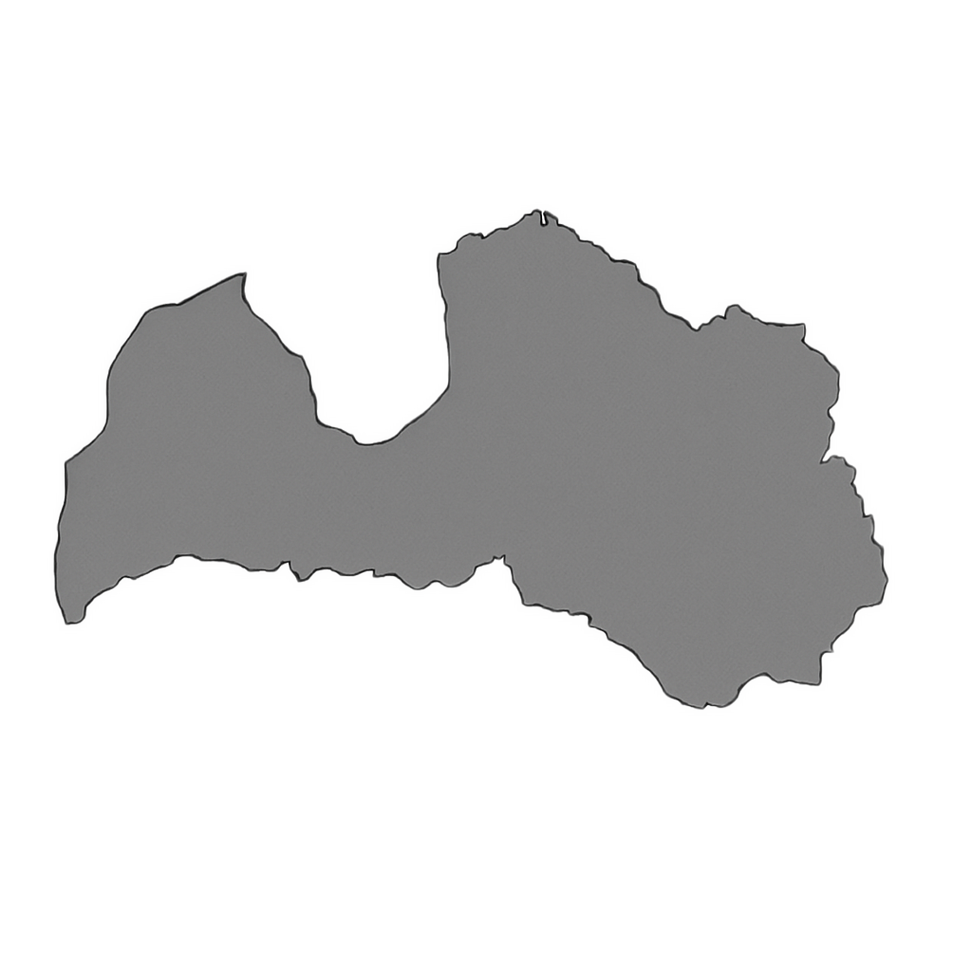














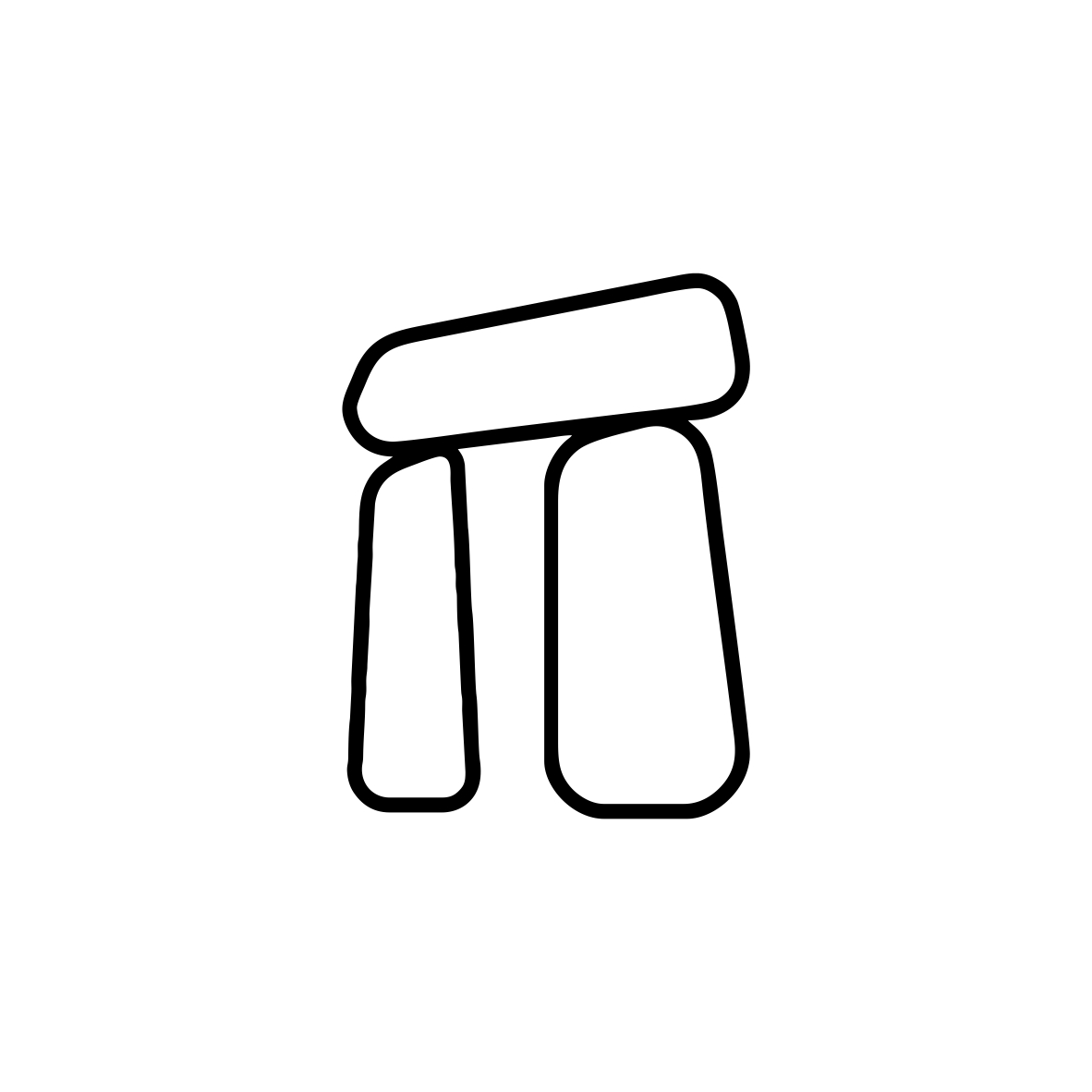




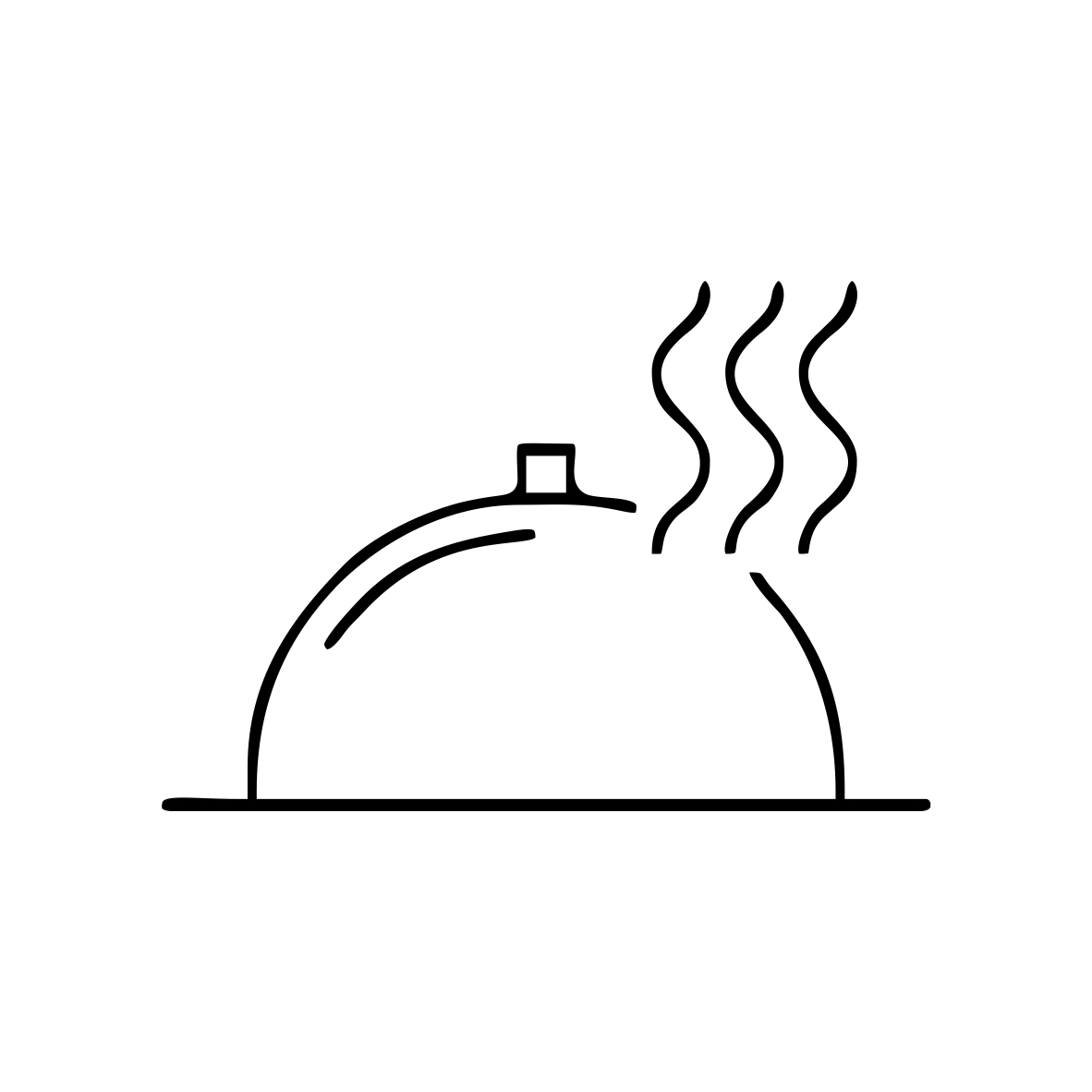





 55.484204, 25.587962
55.484204, 25.587962
 Get directions
Get directions




